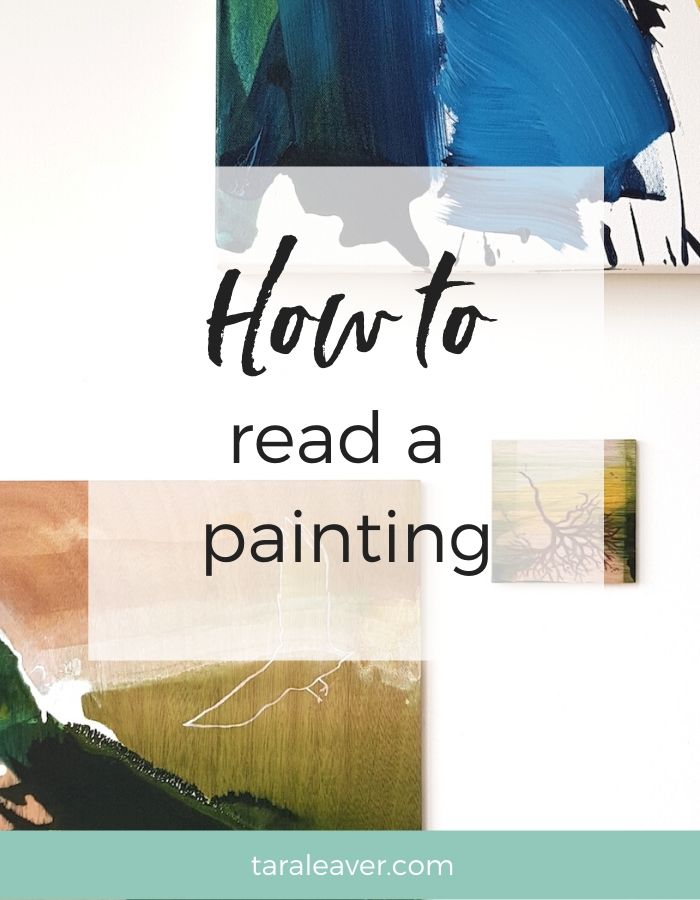
What happens when you look at art?
Do you intellectualise or go straight to the feels? Do you like to know who made it before you engage? Do you read the blurb next to a painting in a gallery, or on an artist’s website, or do you prefer to have a ‘pure’ experience without any extra information?
I recently received the following question along these lines in my inbox:
“Quite often I look at paintings and think, I really like that, but I don’t know why. What criteria do you typically use for determining whether a painting works or not, especially in abstract art?
Of course there is how it feels. But can we become more explicit – why do we like or dislike a painting, why does it look and feel right or finished, what kind of things would your [creative] thinking muscle be checking out?”
… and in today’s post I’m sharing my response.
I think there are facets to experiencing art. Of course each of us brings a unique experience to viewing a single work, so no two people will ever be looking at exactly the same thing, even when they’re looking at the same thing.
Our beliefs, preferences, histories, and how we feel in a given moment will all have an effect on how we experience a work of art. We might even respond to the same piece differently at different times.
One part of ‘reading a painting’ is about the technical language and skills used by the artist. Their choice of palette, marks, subject matter, composition and so on all weave together to create that initial impact.
So the first touch is with the eyes.
Eyes like to roam and brains like to make sense of things. If they can be kept occupied doing this, the soul can simply enjoy the experience of looking at a piece of art.
As much as the soul wants to and must connect, it most often happens through the eyes first. {Especially since you’re not usually allowed to touch the art!}
So a skillful painting will show the eyes where to go, and help them to truly see, so the soul can connect.
As a sidenote, being able to read a painting makes it easier to create one, because you can cultivate the work to help the viewer with the experience of engaging with it. {Which is not the same as painting what you think people want, or controlling what they see! Because good luck with that. ;)}
Among the artist’s main tools are colour, values, marks and composition. An artist might use one or all of these to express themselves.
Colour can be used not just for an emotional response, but also to direct the eye. In this still life by Diebenkorn, colour creates a frame around the main ‘action’ in the painting, guiding our eyes towards the cups:
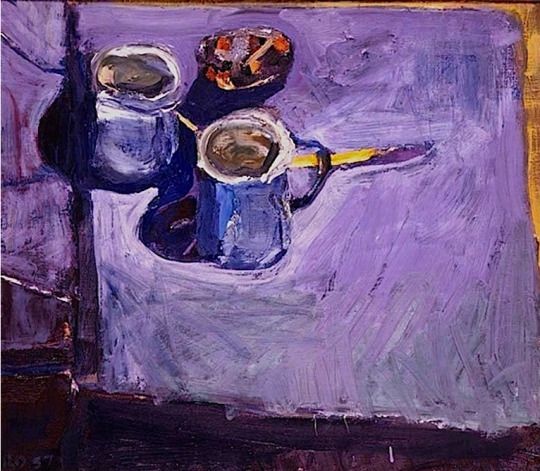
Colour isn’t everything though. A monochrome piece can be every bit as powerful as a boldly colourful one. Look at Franz Kline’s chair paintings, for example.
Likewise, leading lines can guide the eye to the main story of the painting – its focal point. Photographers use this compositional device a lot, but painters too can use it, as in this painting by Van Gogh, called The Sower.
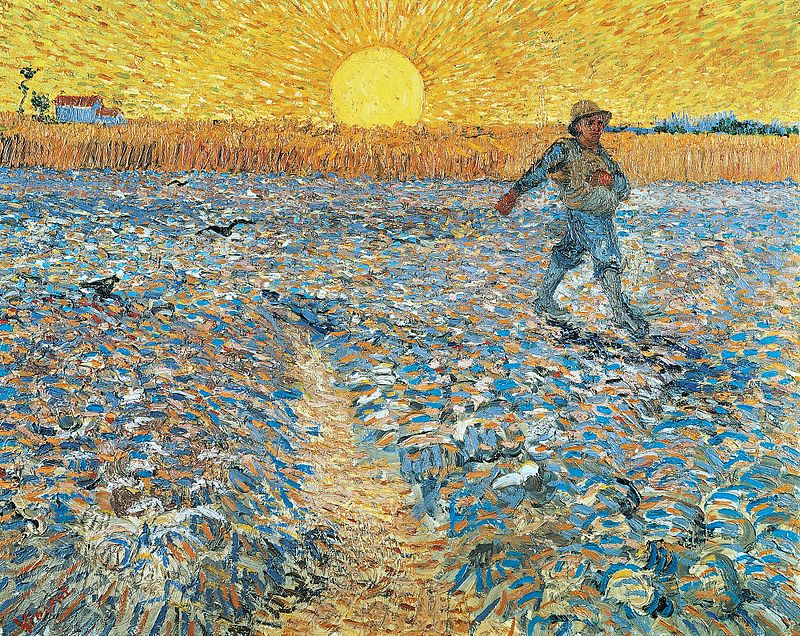
The focal point itself might be a detailed image or a splash of colour or even an empty space.
James Turrell’s Skyspaces, while not paintings {but art is art}, have as their focal point an opening to the sky. {You can see leading lines in this one below too.}

Highlights in a painting help the eye to travel around it, again, keeping it busy and amused and sending messages to the soul about it. {Obviously this is all rooted in science and years of research. ;)}
The types of lines and marks an artist uses – swirly, sweeping, jagged, stop/start, luscious and thick, stark and thin – will also serve to connect eye to heart/soul.
Emily Ball’s paintings do this for me. I find her mark making absolutely exquisite.
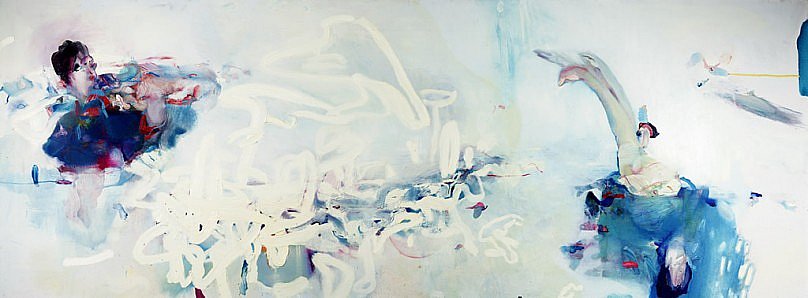
Emily Ball – Swim, Shimmer and Float
Look out for repetition of shapes and colours for emphasis, and other visual links around the painting that help to hold it together.
If these various elements are not immediately obvious, squint, and you’ll see the bones of the painting – the key elements the artist used to express themselves.
So there are all these technical, surface elements working together, and once you have some language for them you can start to see not just what they are, but how they’re working together in some kind of harmony to give you an experience.
And then there’s THE FEELS.
All of these things can make an impression so fleetingly you don’t even realise, because as soon as you look at the painting, all you’re aware of is the emotional impact it’s having on you.
Mark Rothko’s colour field paintings often do this. On screen we might find them powerful or beautiful, but standing in front of one many times your size is an altogether different, all encompassing experience.
One element of the feelings aspect of experiencing art is the subject matter chosen by the artist.
It might resonate because it reminds us of something, be it a feeling, a person, a memory, or an experience. How we feel about that thing will affect how we experience the painting in front of us.
Same for colour palettes and marks. It all generates a feeling response that connects in with our uniqueness on the inside.
But there is one element of experiencing a painting that can’t be pinned down by technical details.
There’s the invisible alchemy that is what makes art, art. {And yes, this is entirely arbitrary and a whole other discussion!}
It’s the part we can’t explain or describe, the part that makes us lost for words standing in front of a certain piece of work, so consumed are we by feelings and emotions – a visceral, wordless response.
For me, understanding the technical side, the surface visuals, is like a scaffolding for, or a doorway into, the full body experience of art.
A skilled artist can guide and suggest, and then after that it’s for us to jump off the cliff of knowledge and let go into the wordlessness.
Does this resonate for you? How would you answer the reader’s question? What does it mean to you to ‘read a painting’? Share your thoughts in the comments below!
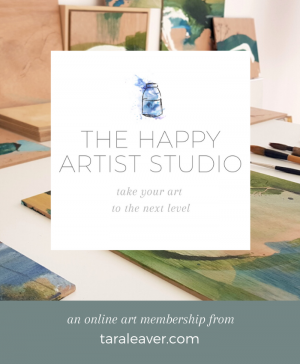 Enjoy a good art discussion? Join me in the Happy Artist Studio, where you’ll find a wide range of courses and other tools to help you dig deep and take your art to the next level. Whether that means exploring your own process and practice for greater self expression and joy, finally getting to grips with loosening up and creating the expressive, free art you’ve been longing to make, or creating a cohesive body of work to take the leap into a career as an artist, the Happy Artist Studio is designed to support you in diving deep and making the art only you can make. Click here to learn more!
Enjoy a good art discussion? Join me in the Happy Artist Studio, where you’ll find a wide range of courses and other tools to help you dig deep and take your art to the next level. Whether that means exploring your own process and practice for greater self expression and joy, finally getting to grips with loosening up and creating the expressive, free art you’ve been longing to make, or creating a cohesive body of work to take the leap into a career as an artist, the Happy Artist Studio is designed to support you in diving deep and making the art only you can make. Click here to learn more!

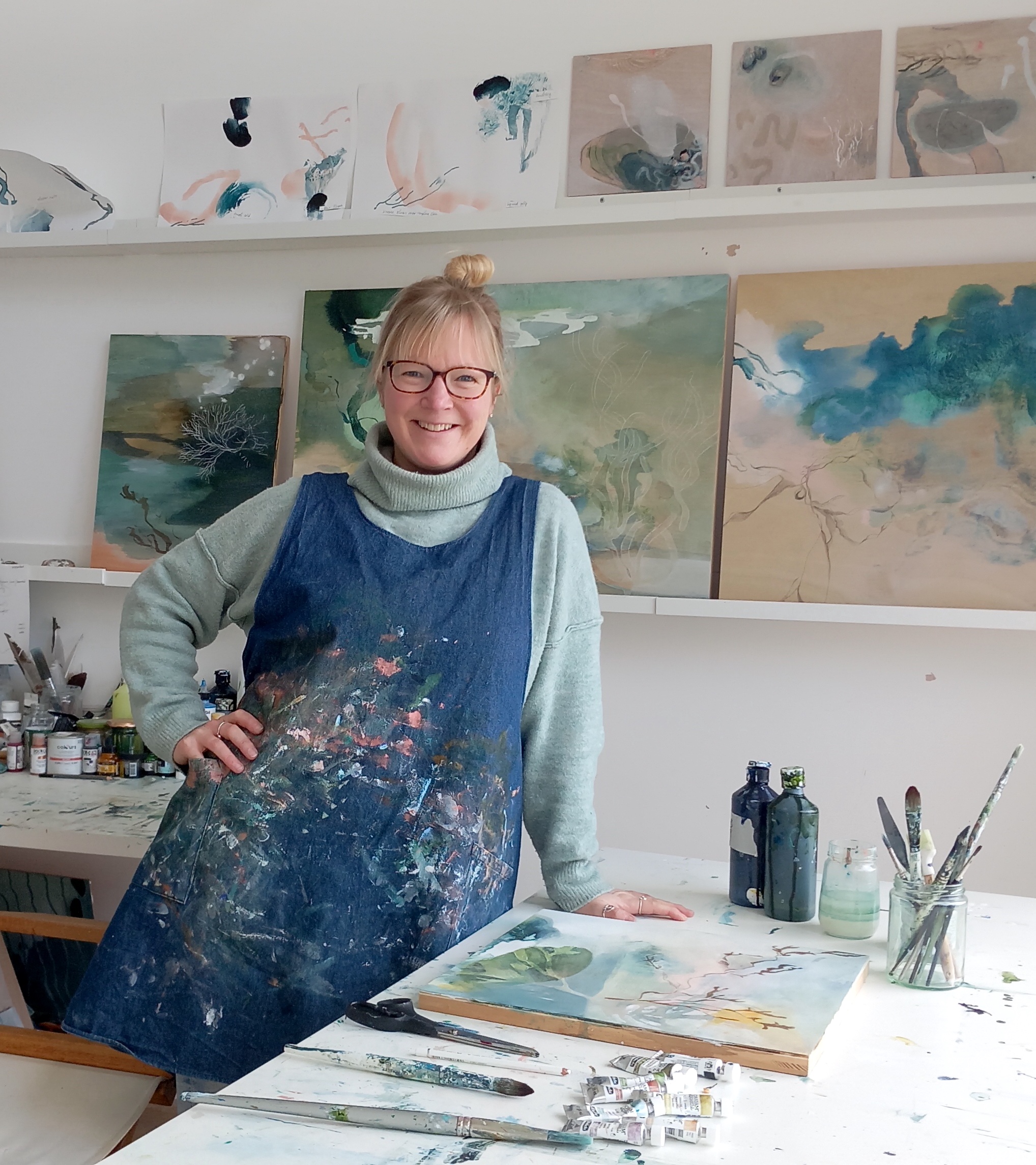
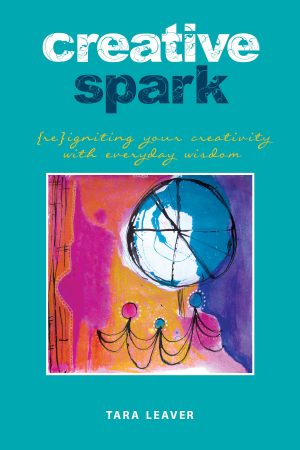
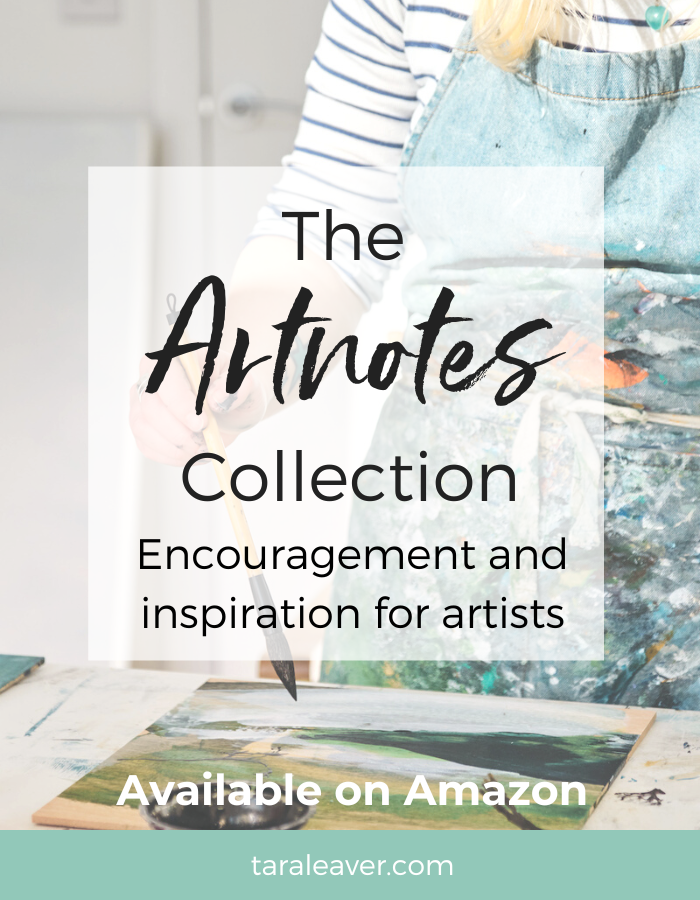
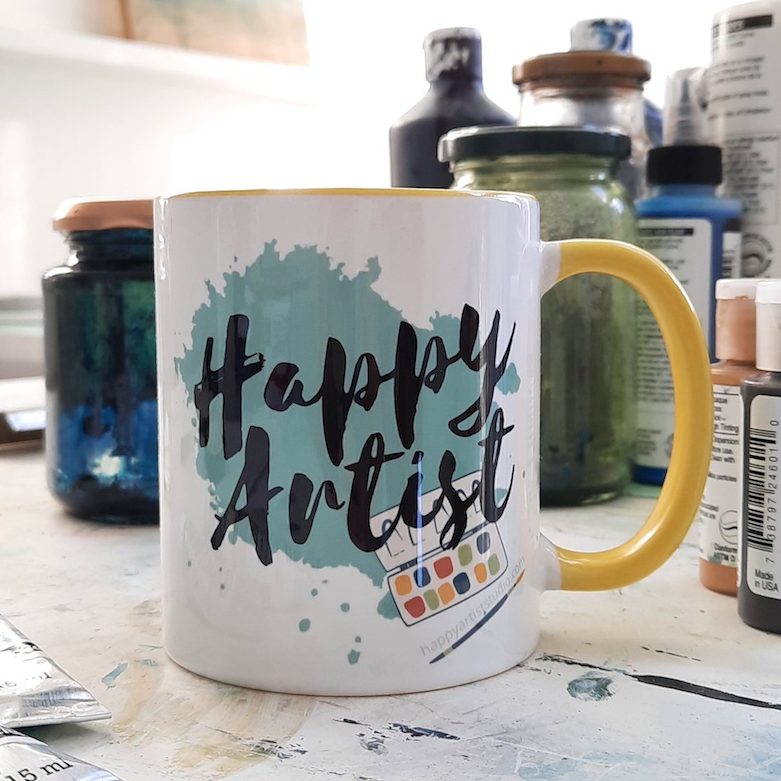
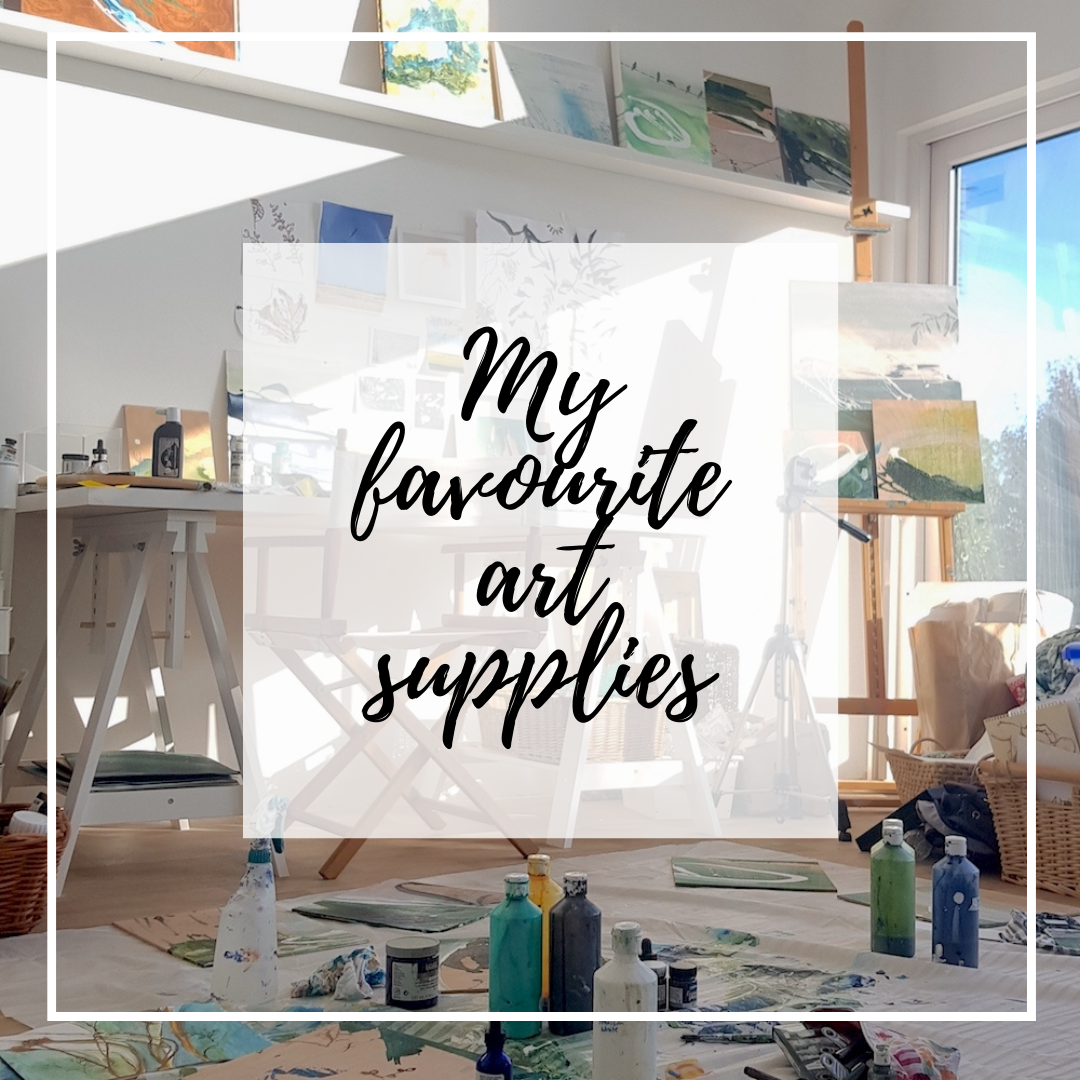
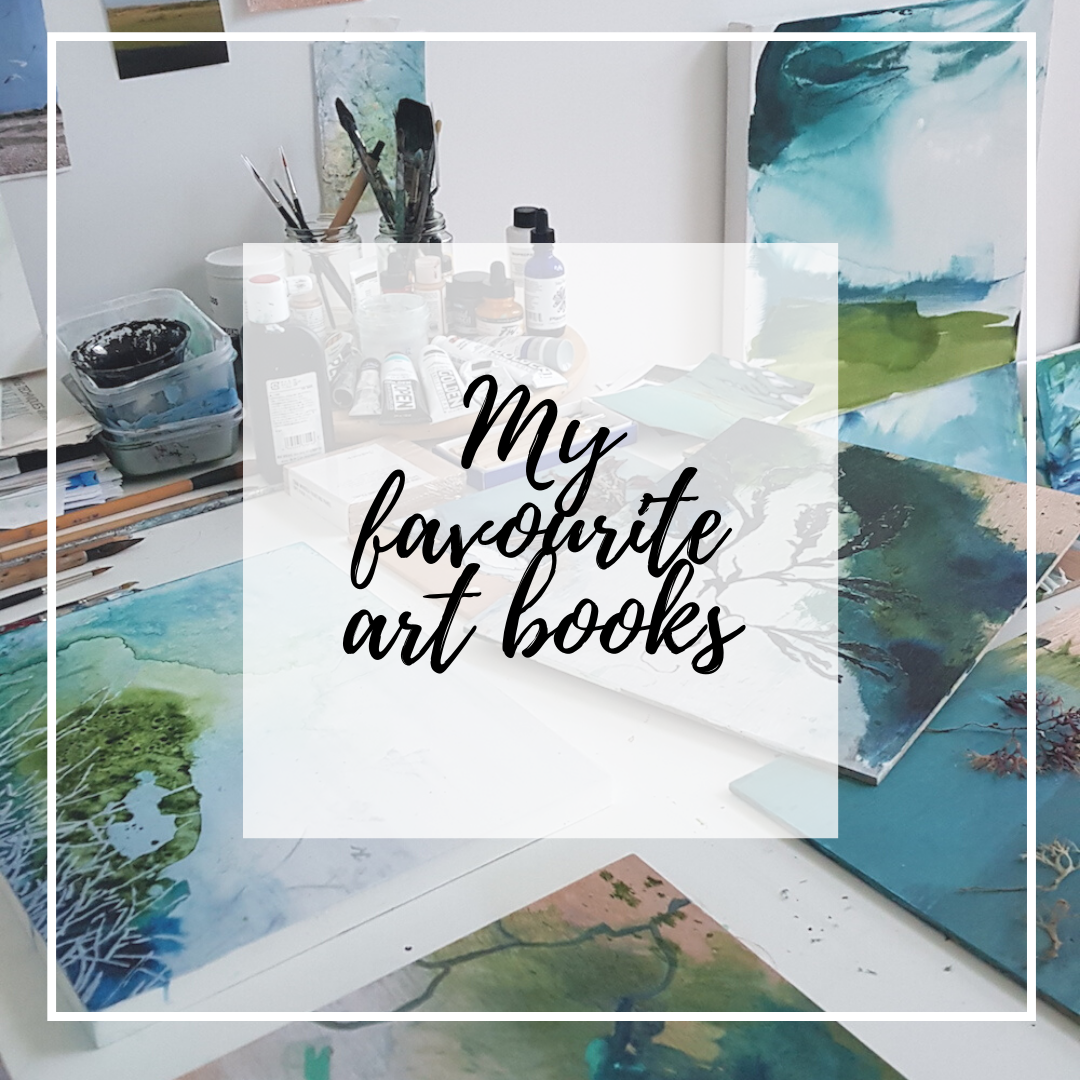
Thanks for your very thoughtful response to the question of how to read a painting. I think recognising what we ourselves bring as viewers is a very important starting point, with some critique of our biases and prejudices as well as our preferences. I like what you say about the importance of the technical language and skills though I believe abstraction is a more non-directive guide, more free for the eyes to roam and make their own discoveries. The colour may guide the eyes to the Diebenkorn cups as you say, but one is close to a line with a darker value – an edge? I’m also fond, as you are of the happy accident, the unexpected especially with water-based techniques. Emily Ball writes of how she discovered scribbling in her series of swimming paintings, because she had no language to communicate what she was seeing, and how the scribbling then became part of the painting. I
I so agree with you about our visceral, wordless response and your powerful metaphor of jumping off the cliff of knowledge and letting go into wordlessness. For me that takes us back to looking, and spending time looking. I have taken a self-denying ordinance not to read the cards on the wall by paintings in a gallery. I don’t want to be told what I might see, but what the picture says to me, even if I can’t always say how and what to another viewer.
Thanks again Tara. Much appreciated.
Glad you enjoyed the post Ian! I agree that what we bring to the experience of viewing art is a key starting point. Interestingly, I was watching a fascinating video the other day of Emily Ball talking about her swimming paintings – that idea of having to create a new language is so exciting! Appreciate your thoughtful response to the post, and for asking the question in the first place Ian!
I’ve always liked a painting or not depending on it ‘speaking’ to me; I could never really explain this, it’s always been just a feeling of sorts. What did the speaking depend on? What was I really attracted to in a painting? This art note and Mr. Stubb’s comment, have given me more insight into my feeling, I, too, move away from titles alongside the art work so I’m not influenced by it {although I am tempted to look at some after I feel the connection or not to the painitng – maybe I’m missing something the title will give me?}
I now have ‘more eyes’ when looking at a painting and greater understanding of why I react to it one way or another. Thank you, Tara, and Ian.
Glad you found the post useful Marianne! I agree it’s mostly a feeling, but it can be interesting to dig a little deeper into that. Love that idea of ‘more eyes’. 🙂
II need a little more help in understanding what you are saying. For example, in the Van Gogh painting just what is the focal point? The sun, the figure, the furrow and how do they direct you to the focal point? Can you show me just what you are talking about?
I would say the sun is the focal point – it pulls my eye to it immediately and first, and it’s what lights up and animates the rest of the painting, both visually and in the subject {ie. it gives life to the crops, the birds, the figure}. When I look at it my eye travels up the path to the sun and back round to the figure. Someone else might read it differently, but that’s how it works for me. Hope that helps!